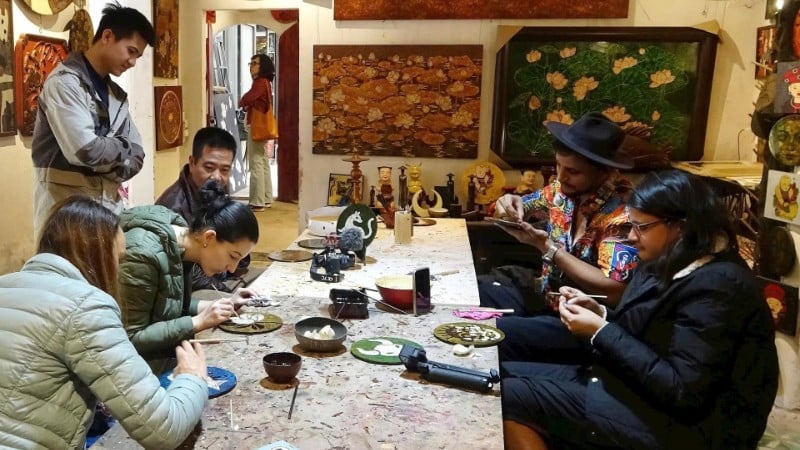
Putting on a "new coat" for the village
No “artist village” exists naturally. Each space begins with a return footprint or is left in the village by chance.
In Ha Thai village, some artists were born into families with a tradition of lacquer painting, then studied fine arts and brought their creative aspirations back to their hometowns to set up workshops and open vocational training classes. The craftsmen were no longer too dependent on models but experimented with the artists and created new products.
The story of Co Do village begins with collective memories. Many children of the village go far away and become famous in the art world. Then one day, they return to their hometown, bringing with them friends and students. There are people who were not born here but came here out of their affection for the painting village, considering it their second home. It is this return and reunion that has created today's Co Do, both a space of memories and an "open school" for tourists and the younger generation. The young children already know how to hold brushes and mix colors. Painting workshops have become daily activities.
As for Hai Minh village, there is no long-standing traditional craft, but in return is the diligence and especially the willingness to try new things... of the people here. The warm affection of the people has made many artists decide to stay with the village for a long time, turning Hai Minh into a large "outdoor art gallery", where small alleys and fences can be used as easels.
What attracts tourists to the "artist villages" is to experience the beauty of painting, the Vietnamese countryside imbued in every house, every lacquer-carved wooden door... Art integrated into life creates a new beauty for the landscape, creating a tourism identity. Visitors here can also chat with artists, try painting themselves, do handicrafts, and participate in community activities. It is this difference that has made the "artist village" an attractive destination in recent years.
Bringing identity far and wide
In the success of attracting tourists in the “artist villages”, it can be seen that the common point is that the artists all have a formal art background or a lot of creative experience. In Ha Thai, artist Tran Cong Dung often takes on the task of drawing the initial design in color on paper, while the village workers continue to express the work on lacquer. However, the ideas and artistic language of the artists have opened up new product lines, such as table tops, cabinet tops, flower vases covered with lotus motifs on dyed eggshells, etc., causing many tourists to decide to sign large contracts.

The Hai Minh “artist village” now has about 50 artists working, each pursuing a different theme and material, from oil painting to copper engraving and gold plating. The “big tree” of the village is painter Pham Van Nghe, a veteran (enlisted in 1971-1974), who painted propaganda posters during the resistance war against the US to save the country. To date, he has trained about 300 people, laying the foundation for the birth of the “artist village”. In his family, the eldest son Pham Hoang Diep has built a gallery specializing in gold plating in Ho Chi Minh City. The second son Pham Van Nhuong opened an oil painting gallery in Hanoi and in his hometown. Grandson Nguyen Van Minh chose to stay in his hometown, both creating and welcoming guests.
Tourism expert, Dr. Nguyen Van Luu, commented: “In order for the “artist village” to not stop at the community scale but reach out to the world, it is necessary to first affirm its identity as a competitive advantage. In Ha Thai, it is the lacquer industry with a history of hundreds of years, now renewed by contemporary artists with modern techniques and visual language. In Co Do, it is the unique quality, each painting is unique, associated with the personal story of the artist. With Hai Minh, it is the blend of paintings and coastal life, creating a rare open gallery space.”
The reality today is that many tourists coming to Ha Thai, Co Do or Hai Minh mainly visit, buy a few products and then leave on the same day, the economic value from tourism has not been fully exploited. Accommodation and culinary services... are lacking, but if invested and managed well, they will become a "bridge" to help local identity stay in the minds of tourists, while increasing sustainable income for the community.
Source: https://nhandan.vn/dong-chay-du-lich-tu-lang-hoa-si-post914529.html





![[Photo] Discover unique experiences at the first World Cultural Festival](https://vphoto.vietnam.vn/thumb/1200x675/vietnam/resource/IMAGE/2025/10/11/1760198064937_le-hoi-van-hoa-4199-3623-jpg.webp)
![[Photo] Opening of the World Cultural Festival in Hanoi](https://vphoto.vietnam.vn/thumb/1200x675/vietnam/resource/IMAGE/2025/10/10/1760113426728_ndo_br_lehoi-khaimac-jpg.webp)
![[Photo] General Secretary attends the parade to celebrate the 80th anniversary of the founding of the Korean Workers' Party](https://vphoto.vietnam.vn/thumb/1200x675/vietnam/resource/IMAGE/2025/10/11/1760150039564_vna-potal-tong-bi-thu-du-le-duyet-binh-ky-niem-80-nam-thanh-lap-dang-lao-dong-trieu-tien-8331994-jpg.webp)

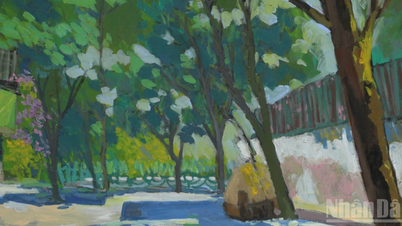
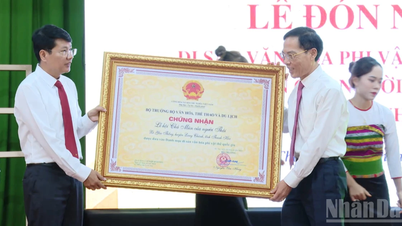
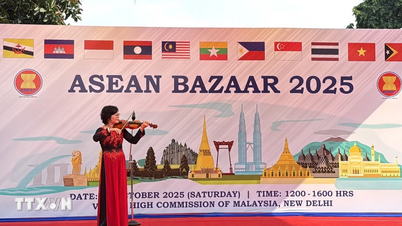

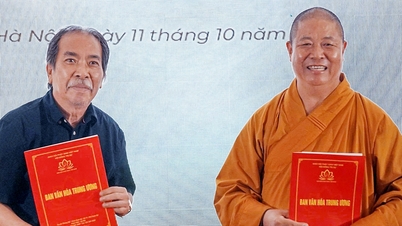

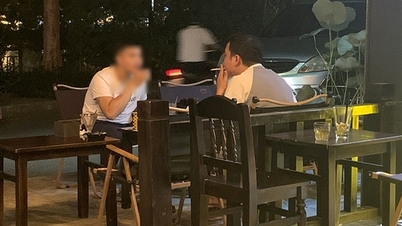






![[Photo] Discover unique experiences at the first World Cultural Festival](https://vphoto.vietnam.vn/thumb/402x226/vietnam/resource/IMAGE/2025/10/11/1760198064937_le-hoi-van-hoa-4199-3623-jpg.webp)

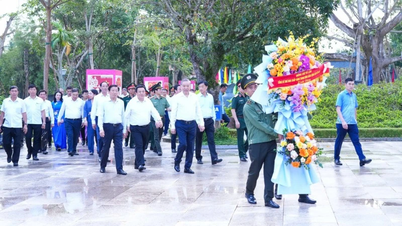
![[Video] Closing ceremony of the 1st Lam Dong Provincial Party Congress](https://vphoto.vietnam.vn/thumb/402x226/vietnam/resource/IMAGE/2025/10/11/1760188160622_lam-dong-jpg.webp)

![[Photo] Ho Chi Minh City is brilliant with flags and flowers on the eve of the 1st Party Congress, term 2025-2030](https://vphoto.vietnam.vn/thumb/1200x675/vietnam/resource/IMAGE/2025/10/10/1760102923219_ndo_br_thiet-ke-chua-co-ten-43-png.webp)






























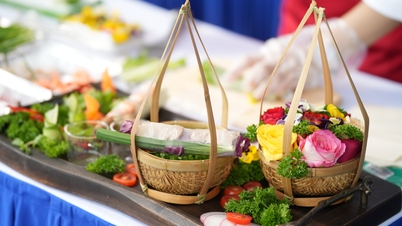
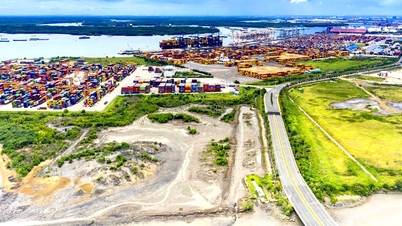
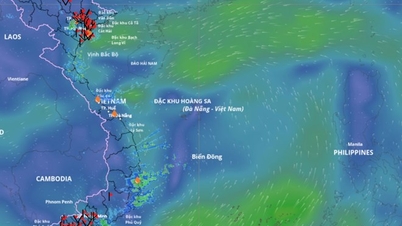


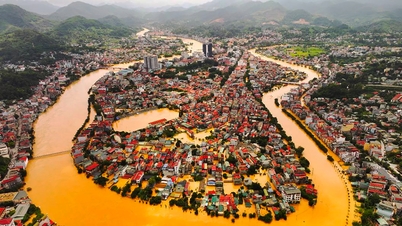





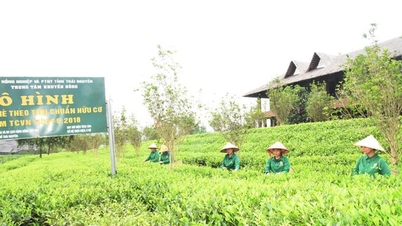
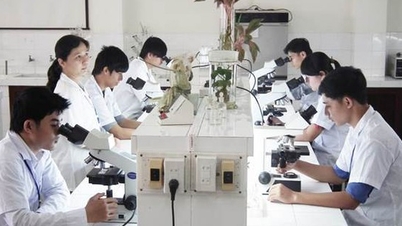



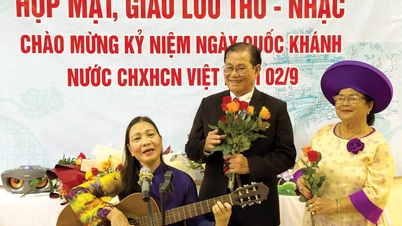

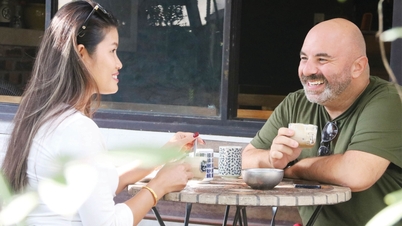
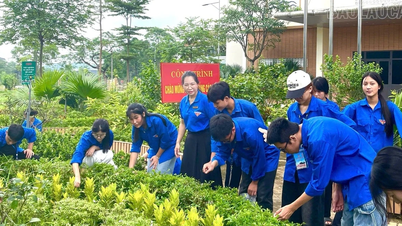














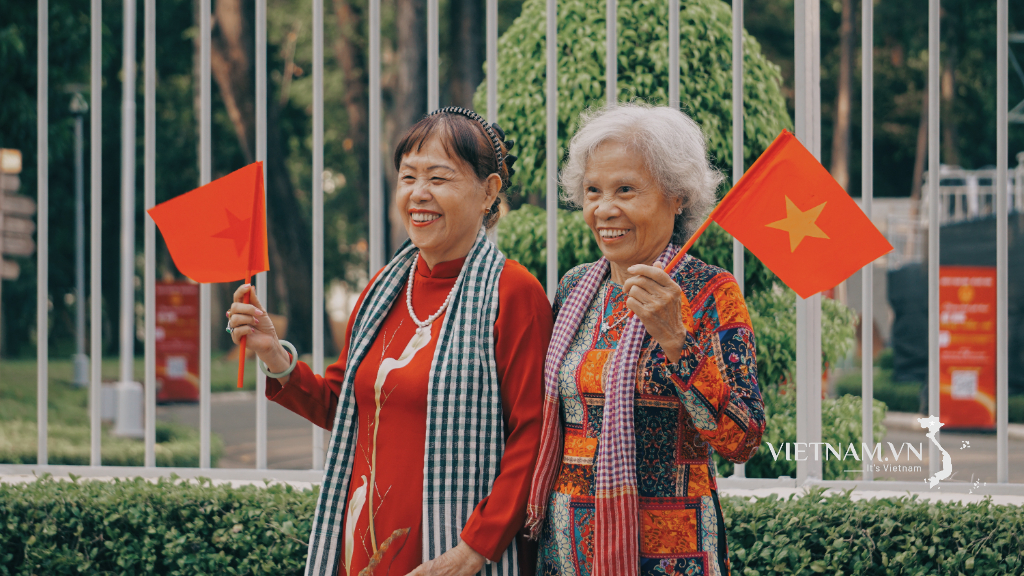

Comment (0)